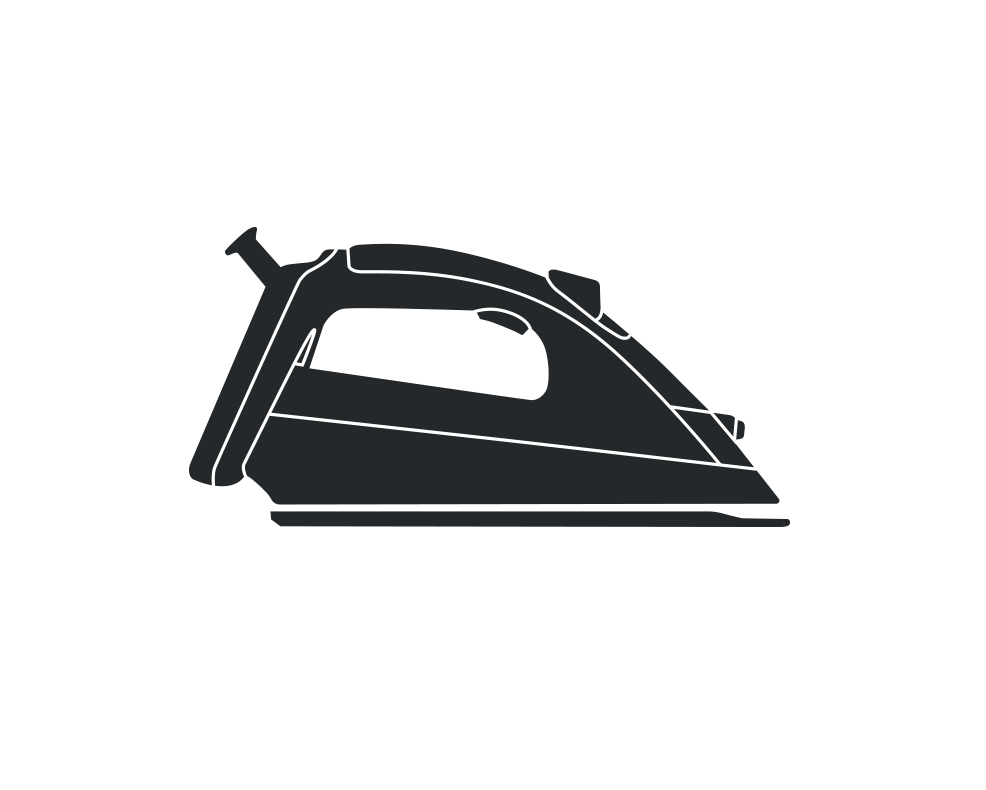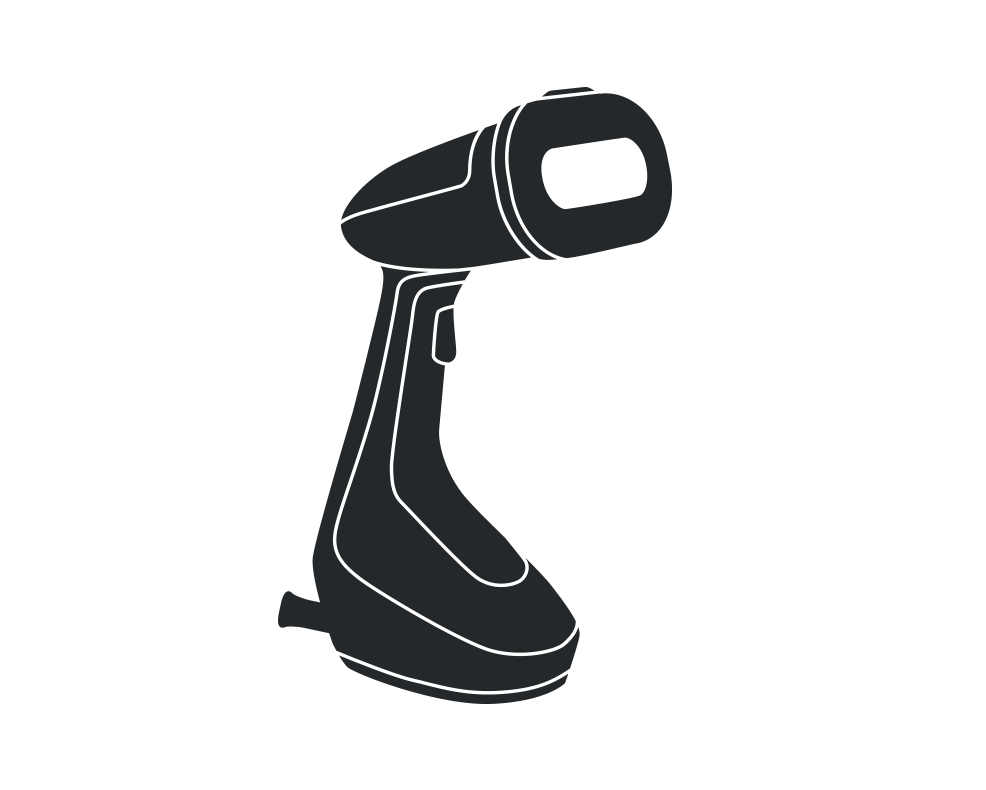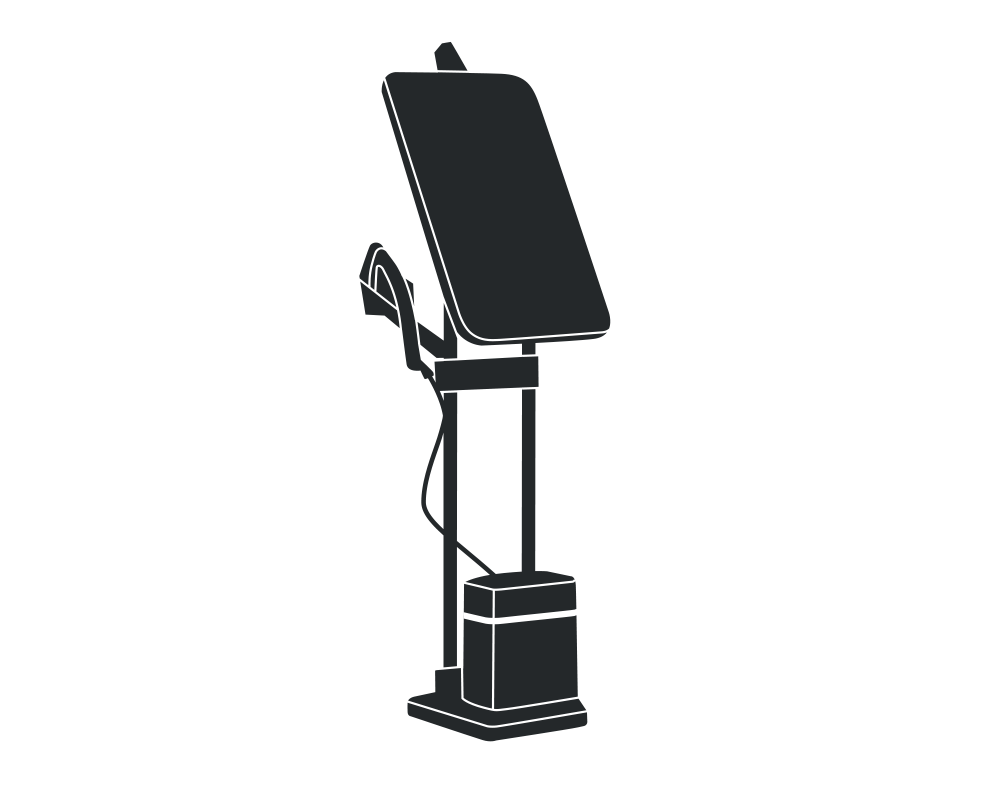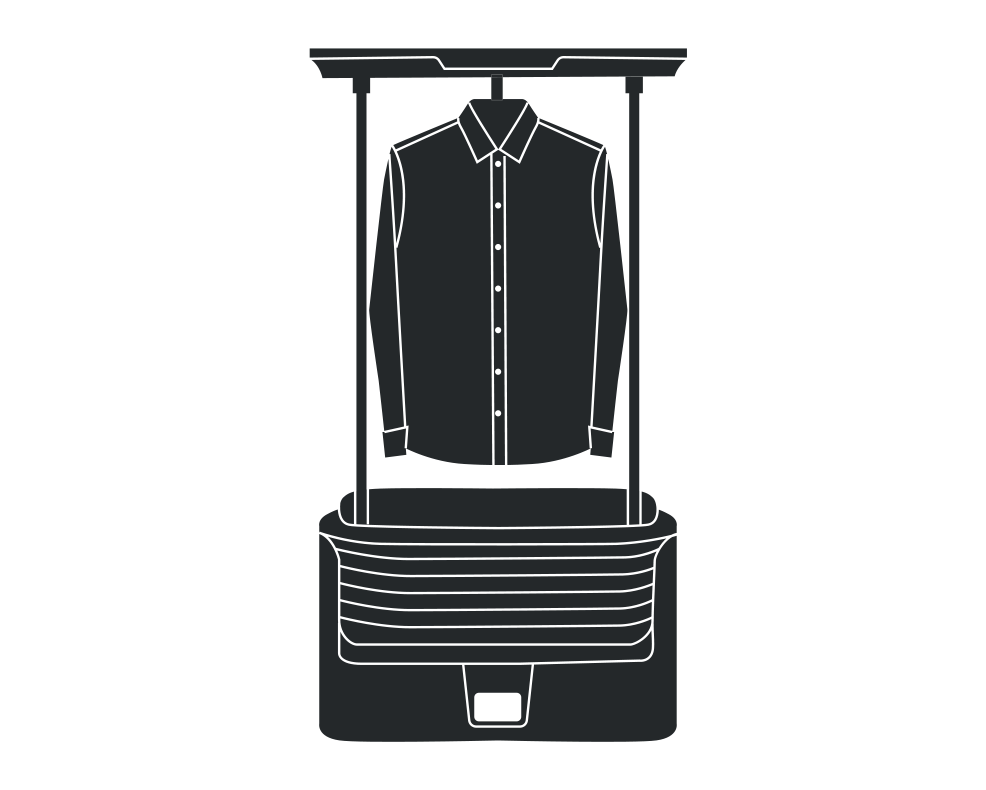Buying Guides

Buying an Iron & Ironing Board
Choosing the right iron really depends on how much ironing you do.
Paying for extra steam power and other features might be unnecessary for smoothing the odd wrinkle. If you have a large family (and lots of laundry to do), then paying a little more for one with a range of features will be worth it. Our buying guide can help you decide.
Types of Iron
Most types of iron these days revolve around steam. Top-of-the-range steam irons have a water tank, temperature dials and limescale resistance for fuss-free ironing.
Steam generators use professional technology incorporating a significant element of high pressure, guaranteeing faster ironing and greater efficiency every time. Measured in 'atmospheres' or 'bars', this calibre of pressure is the same as you would find at a professional dry cleaner.
Here’s a breakdown of the different styles:
Steam Irons
Steam irons measure the level and output of steam for different applications and fabrics. You simply pour water into the tank to heat up and steam comes out of holes in the plate when you press a button.
Most irons are specifically designed to use tap water since their anti-scale features clean the water as a matter of course. You could actually damage your iron by using pure distilled water, scented or softened water because these types of liquids contain mineral elements that become concentrated when heated, causing spitting, brown staining or premature wear on your appliance.
More steam means quicker, easier ironing. It opens the fabric’s weave, ironing out deep-set creases. The impact of steam power depends on how well the iron can generate and manage heat. Generally, the higher the wattage, the greater the heat.
Most irons have steam features, which come in four forms: vertical, variable, burst and continuous.
- Vertical steam is useful for hanging garments such as suits and dresses, especially those made from delicate fabrics, or for ironing hanging curtains. Hold the iron a few centimetres from the garment to avoid burning.
- Variable steam is an integral steam control system that constantly regulates steam output to the ideal level, automatically adjusting to most fabrics.
- Burst of steam provides additional power on demand, smoothing out difficult creases or for creating sharp creases on trousers. A boost of steam is expressed in grams per minute and tends to range from 20g per minute to up to about 70g/min in steam irons, increasing to up to 150g per minute on steam generators.
- Continuous steam output makes ironing easier and more effective thanks to the continuous effect on textile fibres. Best results are obtained with an output of 20g per minute, which is generally recommended for fast results on any type of fabric. The highest continuous steam output found on conventional domestic steam irons is 40g per minute, rising to 100g per minute on a steam generator.
Steam Generator Irons
Steam generator irons are essentially 'souped up' steam irons that come attached to a steam generator, which supplies all the steam. Higher steam pressure means both sides of garments are ironed at the same time, cutting ironing time in half – great for large laundry loads.
As the steam comes from a separate generator, the iron element of the appliance is lighter and easier to use than conventional steam irons. Overall though, they are bulkier and take up more storage space.
A steam generator can take up to 20 minutes to heat up, although fast heat-up technology steam generators can take as little as 2 minutes.
Presses
Presses are most commonly used by cleaning professionals. They consist of two large plates – measuring anything up to 56cm long to 26cm wide – that are brought together by closing a handle, applying as much as 100lbs of pressure. They can be used to press shirt or trousers, or for wide and long items like curtains and sheets.
Not only will a press cut your ironing time by as much as 50%, it will also prevent the 'shiny' finish that is often produced by irons. Though a press takes up more space than an ironing board when in use, it folds up neatly when you’ve finished.
Shop irons here.
Steam Irons
–
Quick & easy ironing
Steam Generators
–
Ultimate ironing performance, powerful steam, longer sessions
Handheld Steamers
–
Quick & compact steaming, perfect for travel
Upright Steamers
–
Portable home cleaning & steaming
Automatic Steaming
–
Automated crease removal, technology does it for you
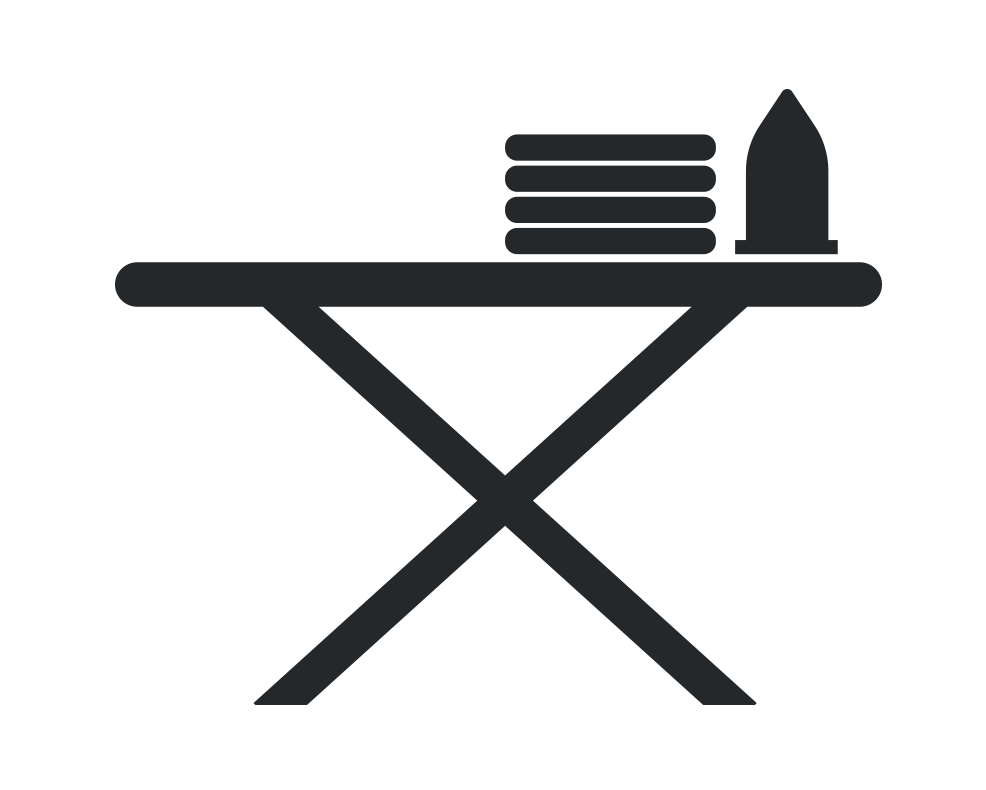
Ironing Board

Ironing Board

Hand-
held & Fast Heat Up
Handheld & Fast Heat Up
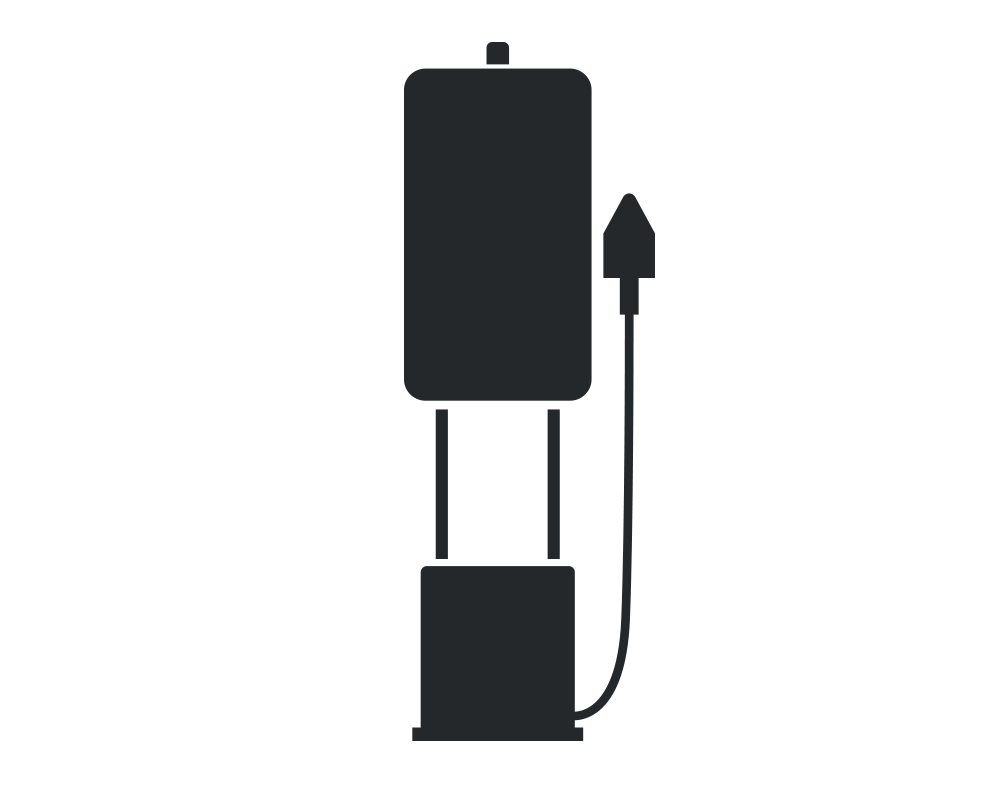
Board included
Board includ
-ed
Board included

Hands-Free
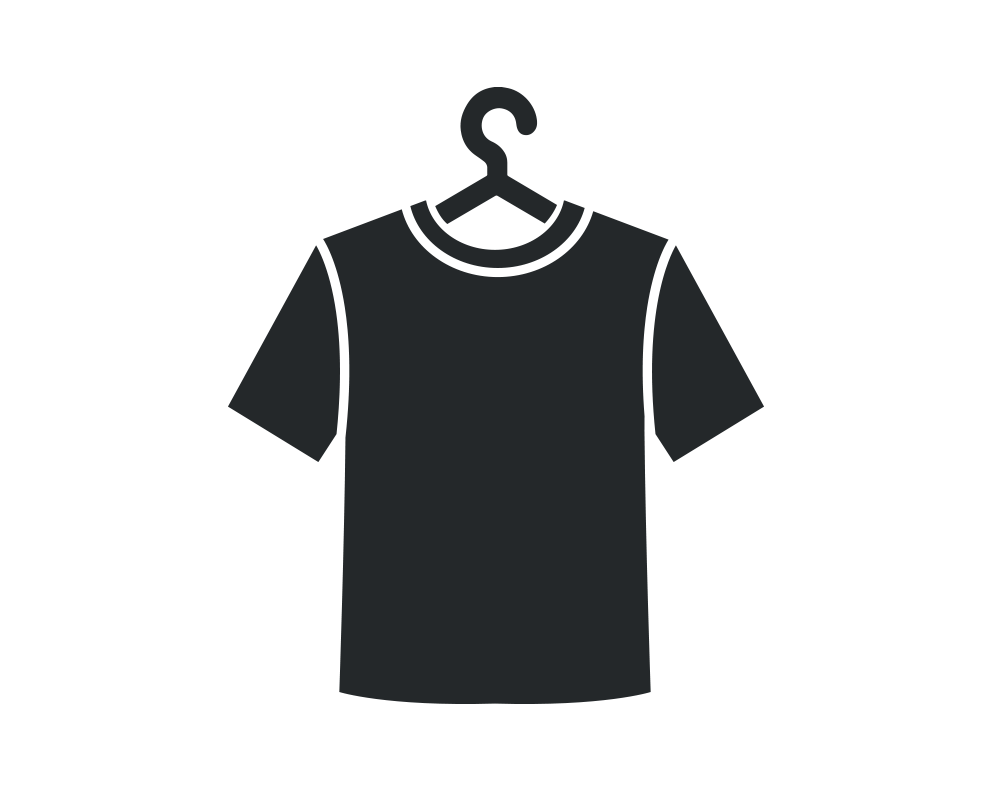


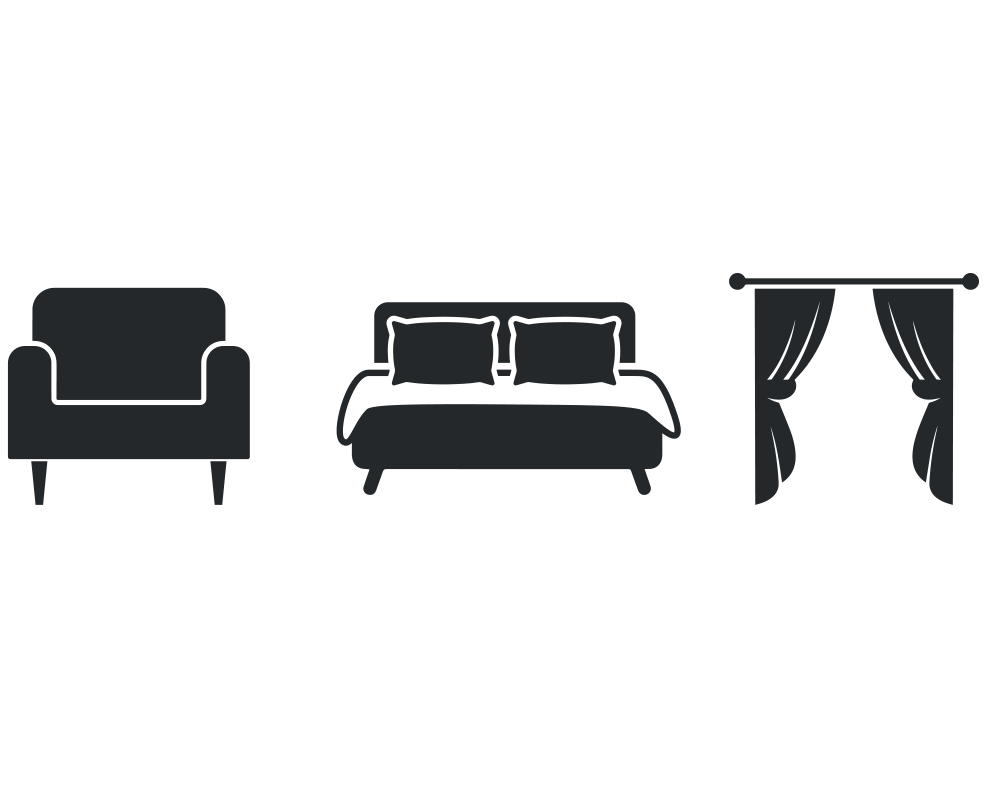


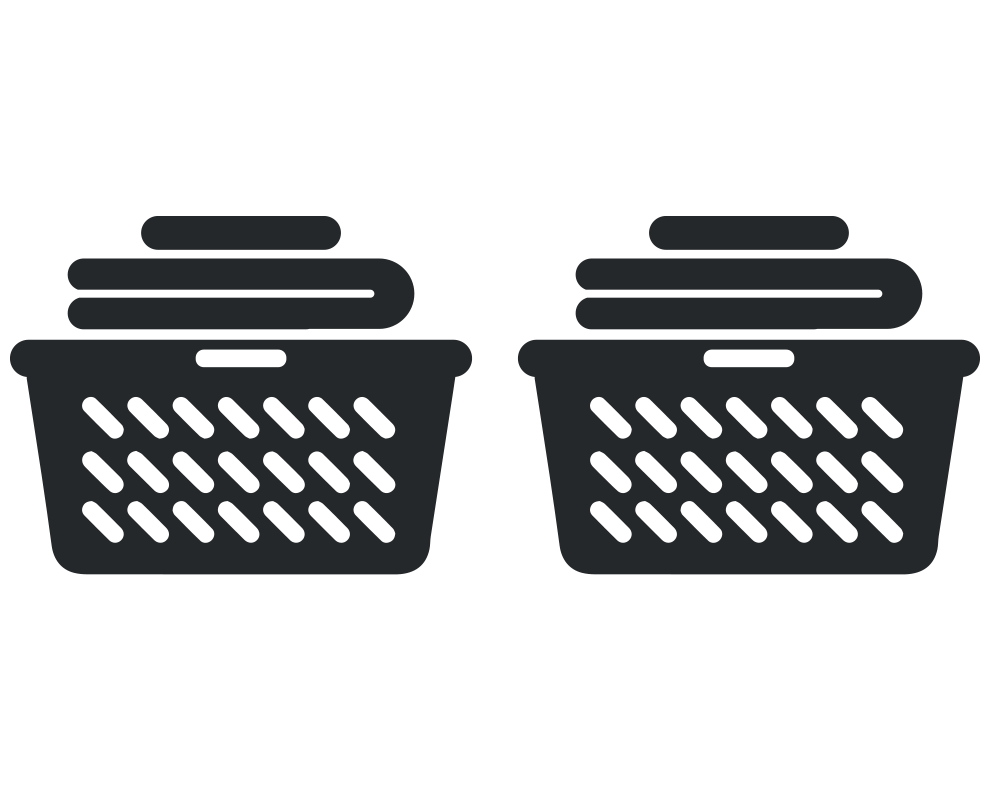
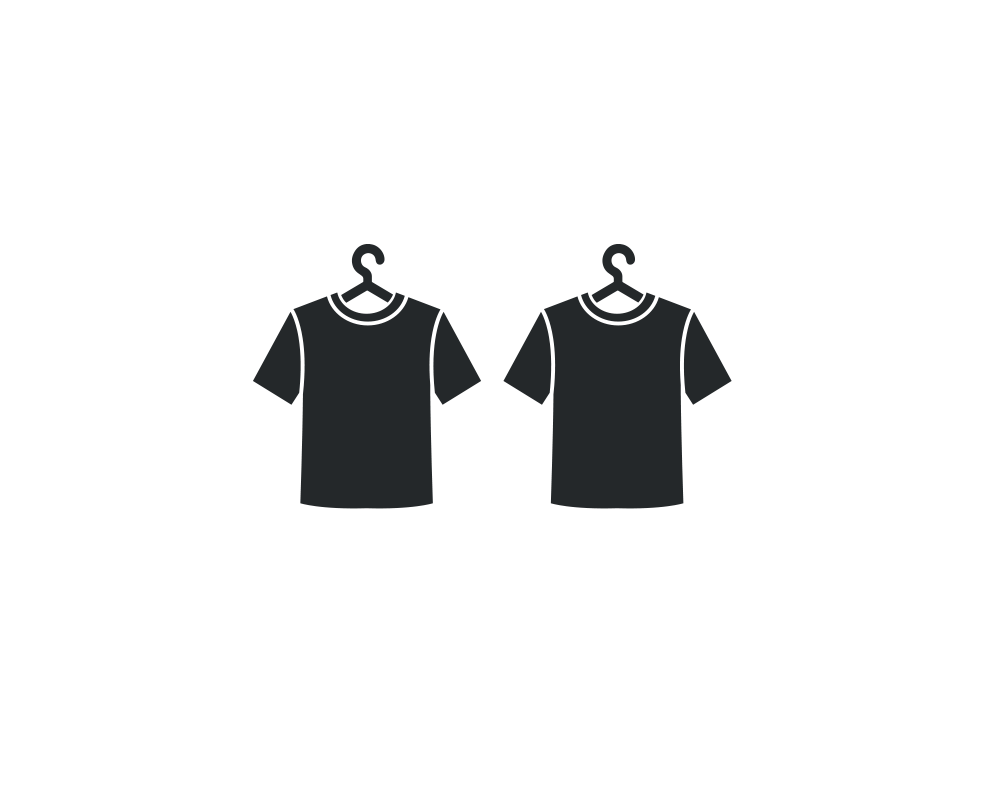
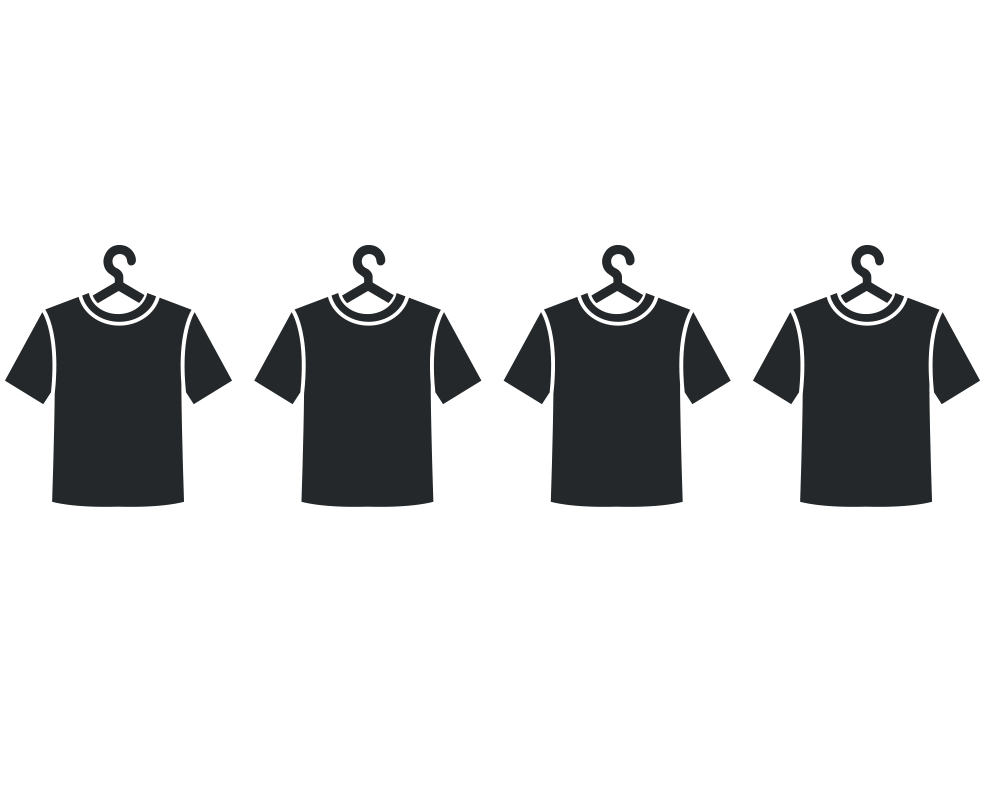
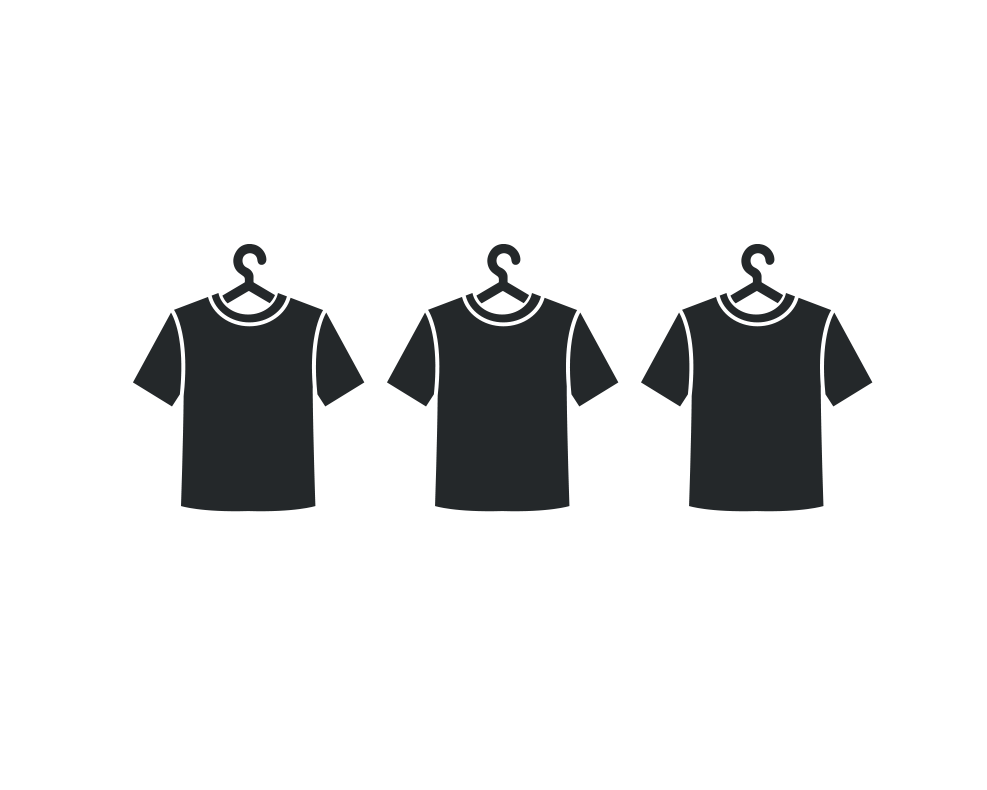
Ironing Boards
Once you've chosen an iron, next on the list is the right ironing board for the job. From size to safety features, there are a number of options to consider.
Size
Ironing boards generally range from around 110cm to 135cm in length and 35cm to 45cm in width. Larger sizes tend to speed up the ironing process, helping you to work through larger loads, while more compact designs are often easier to store and manoeuvre. Most boards are height adjustable, with some that have a greater level of adjustment than others, even enabling you to iron while sitting down.
Surface
The majority of boards feature a steel mesh surface that steam can easily pass through, preventing an unwanted build-up of moisture. Some models feature an undertray, which collects excess water, preventing it from reaching your floor.A few high-tech variants even include suction fans, which draw steam through garments for neat results.
Some models have a wooden construction, primarily for retro design appeal. Like their steel mesh counterparts, these feature holes through the ironing surface to allow steam to dissipate.
Safety features
- Most ironing boards come with a 'parking' area for regular steam irons.
- Larger, sturdier tables offer a platform for steam generator units.
- Some boards incorporate heat-resistant materials such as silicone to rest the iron on.
- Lockable legs not only help you to store and manoeuvre an ironing board, but also prevent the board from collapsing suddenly.
- Some ironing tables feature a cord minder to help keep the iron's power cable neatly out of harm's way.

